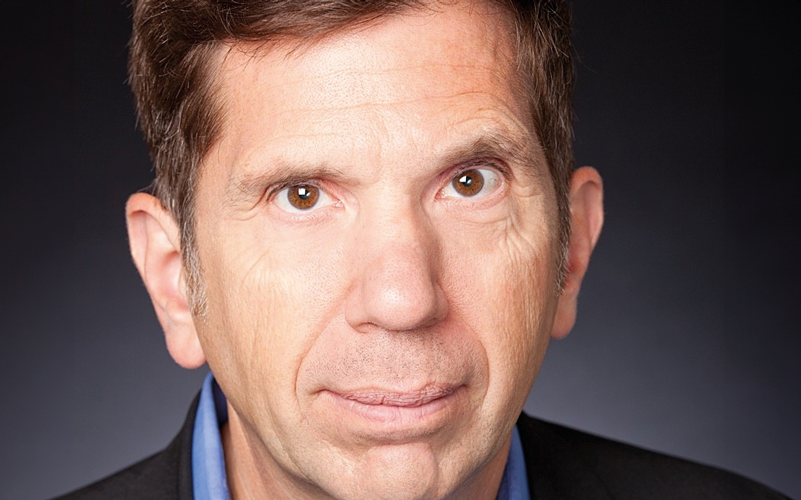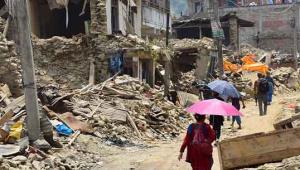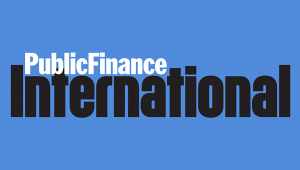Oman is not one of the countries of the Middle East that comes to mind for most people when thinking of economic growth and development.
It doesn’t have the high rises, bling and attractions that you find in Dubai. Instead, Oman attempts to straddle its own middle ground between the excesses of the United Arab Emirates and Qatar and the conservatism of Saudi Arabia. Oman combines the traditions of the Arab world but is both very modern yet restrained.
Visiting the capital Muscat and the cities along the coast towards Sohar, you find views reminiscent of Greece or southern Italy, with low-rise buildings set against a backdrop of the Al-Hajar mountain range. In fact, there is a height limit of around eight to 10 storeys, which gives Oman a decidedly low-key look where the geography takes centre stage.
Oman has seen consistent development since the 1970s, when the late Sultan Qaboos began his modernisation drive. The country developed in a typical Middle Eastern sprawl, with a car-dominated urban form and virtually no provision for pedestrians.
However, that mentality has begun to change and the country is embarking on a series of new ‘smart cities’ to showcase best practices in urban development. These will take the form of urban extensions or infill projects, which are more sustainable than building a new city in the desert.
The project, which is being overseen by the Ministry of Housing and Urban Planning, implements the national spatial strategy, part of Oman Vision 2040, as the country begins to transition away from a fossil-fuel-based economy. Tourism is an emerging big industry, as Oman has become a desirable winter holiday destination with resort hotels along the coast.
In March, the ministry approved the master plans of sustainable future cities in Salalah, Bawshar, Sohar, Nizwa, Haima and for the development of the city centre of Ibri. This follows approval of Sultan Haitham City in the Seeb district of Muscat, which will include 2.9 million square metres of green space in its 15 million square metres and accommodate 100,000 residents.
Sohar, in the far north of the country, is a good example of what these new towns will try to achieve. Only a two-hour drive from Dubai, Sohar is home to the port that offers prime access to not only Oman but also Dubai and the UAE, avoiding the perilous route through the Strait of Hormuz. A new $3bn dollar, 303km freight and passenger rail line will be built, connecting Sohar Port and Abu Dhabi and Dubai as a joint venture between Oman Rail and Etihad Rail (UAE).
This will make Sohar a prime development zone, and Sohar smart city will become the focal point for the region instead of the outdated 1960s town centre. The new town will be transit-oriented and feature a light-rail connection to the port, creating a less car-dependent city.
The challenge for these smart city developments lies in their implementation. The financing for the light rail infrastructure that will be essential for access in the Sohar project is not certain. Will developers be willing to pay and finance the extra costs for the innovative and sustainable buildings and streetscapes? Will market demand prove to be sufficiently strong? And will residents be willing to give up their so far very car-oriented lifestyles?














